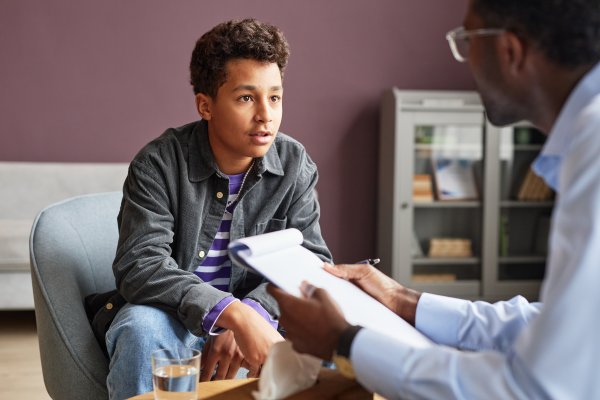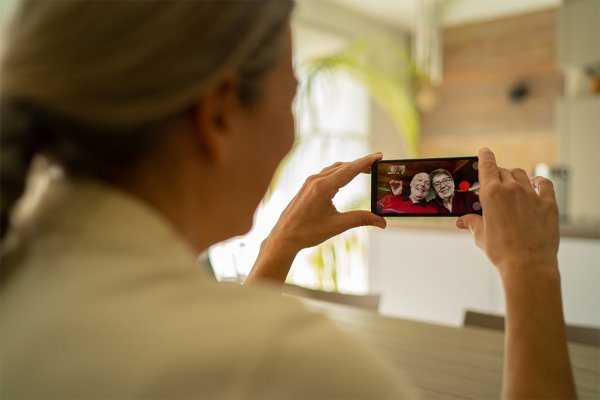When I was a child visiting my grandparent’s Iowa farm, I would often hear stories of how my mom and her eight brothers and sisters lived during the war efforts of the 1940’s. My grandma described a common purpose—that sense of pride that the family rationed and repurposed. Their singular focus was that the good of the individual was less important than the whole of the country, even the world.
Watching the coronavirus make its way across the world and rapidly grow in the United States, I can’t help but think of those stories. As the shelves of Costco and Sam’s Club stores emptied this weekend, and school closures were announced community by community, it made me realize that our time to step up is now. Our singular, collective focus needs to be mitigation and in order to be successful, mitigation efforts need to be embraced and enacted on by us as individuals.
What is Mitigation?
Mitigation is a strategy to reduce the seriousness or impact of a natural disaster, such as a pandemic. The goals of mitigation include minimizing morbidity and associated mortality, avoiding an epidemic peak that overwhelms healthcare services, keeping the effects on the economy within manageable levels, flattening the epidemic curve to wait for vaccine development and manufacturing to reach populations, and actively pursuing the development of antiviral drug therapies. Practically, mitigation relies on social distancing—measures that are taken to restrict when and where people can gather to stop or slow the spread of infectious diseases such as the coronavirus. Social distancing measures include limiting large group gatherings, closing buildings and canceling events. However, for mitigation to be successful, individuals, even those who are asymptomatic, must be willing to self-isolate.
Self-Isolation Challenges
In a society as mobile as ours, and where high degrees of social contact is the norm, self-isolation is challenging. For instance, if one has become accustomed to eating meals outside the home, the transition to grocery buying and cooking may seem formidable. If one is used to getting together with friends to play cards, go running, have a beer after work, the loss of those types of activities will create holes in one’s social network.
We are fortunate to have an infrastructure in which many people can work from home and education can be delivered virtually. Workers who cannot isolate because the nature of their work cannot be done virtually, must take precautions. While in the workplace, distancing at least six feet, maintaining high levels of handwashing and the use of hand sanitizers is a must. When returning home, it is best to avoid being in the presence of those most vulnerable to coronavirus—elders and persons with underlying comorbidities. It is also important to acknowledge that one may feel anxious and may not have all the answers that our members or clients are seeking. Maintain lines of communication with co-workers and supervisors. For those who are new to work at home, talk to coworkers for whom this has been the norm to get some advice on structuring the workplace and the day. And don’t forget that you can use technology to connect with friends. Facetime, Skype and other video conference capabilities are a great way foster your relationships during social isolation.
Mitigation is a critically important strategy to quell the spread of the virus. It has been beneficial in China as new cases are now falling. In areas where community spread is mild, targeted isolation of high-risk people, or those who may have come in contact with the virus, can be implemented. Even inside households, those with symptoms should keep distance from the healthy. And, even if you are asymptomatic, but have been in a high-risk area or where there is growing or wide community spread, it is important to maintain social distancing and self-isolation.
Social distancing and isolation are not easy—but I am trying to look at them as the Victory Gardens of my mother’s childhood. I hope that 50 years from now, my grandchildren will hear stories of how the United States and the world beat back the coronavirus, and I hope that my children who are on this journey with me now will reflect and recognize the importance of a global community, productively working together for the common good.



